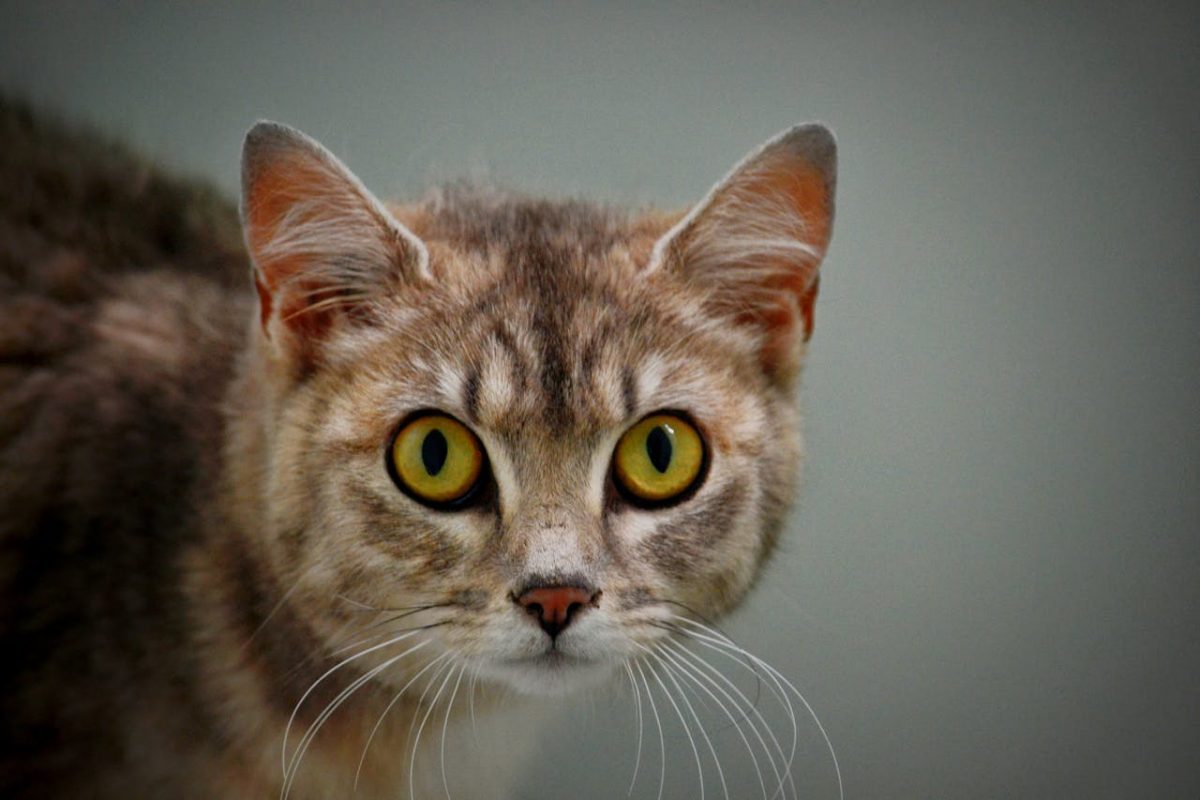Feline Infectious Peritonitis (FIP) is a devastating viral disease that has historically carried a grim prognosis for cats. Caused by a mutation of the feline coronavirus (FCoV), FIP primarily affects cats’ immune systems, leading to widespread inflammation in organs and tissues. For decades, veterinarians struggled with limited diagnostic tools and treatment options. However, recent advances in both diagnosis and therapy are offering hope to cat owners worldwide.
Understanding Feline Infectious Peritonitis
FIP occurs when the normally harmless feline coronavirus mutates inside a cat’s body. While most cats infected with FCoV remain healthy or develop mild gastrointestinal upset, the mutation triggers an aggressive immune response. This can result in fluid accumulation in body cavities (wet form) or organ inflammation (dry form).
Key symptoms include:
-
Fever that does not respond to antibiotics
-
Lethargy and decreased appetite
-
Weight loss and poor coat condition
-
Fluid buildup in the abdomen or chest (wet form)
-
Eye or neurological issues (dry form)
Early recognition is essential, as FIP progresses rapidly and can be fatal if untreated.
Diagnosis Methods for FIP
Diagnosing FIP can be challenging, as no single test is fully conclusive. Veterinarians typically rely on a combination of clinical signs, laboratory tests, and imaging.
1. Physical Examination and History
A thorough veterinary examination is the first step. The vet will assess the cat’s overall health, history of exposure to other cats, and symptoms consistent with FIP.
2. Blood Tests and Biochemistry
Bloodwork can reveal elevated globulin levels, low albumin, or abnormal white blood cell counts, all of which are suggestive of FIP. While these findings are not definitive, they guide further testing.
3. Fluid Analysis
In cats with the wet form of FIP, fluid may accumulate in the abdomen or chest. Laboratory analysis of this fluid often shows high protein content and inflammatory cells indicative of FIP.
4. Polymerase Chain Reaction (PCR) Testing
PCR testing can detect the presence of FCoV RNA in blood, tissues, or fluids. Though a positive result does not always confirm FIP, it is an essential tool in the diagnostic process.
5. Histopathology
In challenging cases, tissue biopsy and microscopic examination may be required to confirm FIP, particularly for the dry form.
Innovative Treatment Advances
For decades, FIP was considered a death sentence, with only supportive care available. Recent scientific breakthroughs, however, are changing this narrative.
1. Antiviral Therapies
One of the most promising advances is the use of antiviral drugs such as nucleoside analogs. These compounds inhibit viral replication and have shown remarkable success in treating both wet and dry forms of FIP. Studies report recovery rates of over 80% in cats treated early and appropriately.
2. Immunomodulatory Treatments
Veterinarians may also employ immunomodulators to support the cat’s immune system, reducing the overactive inflammatory response caused by the virus.
3. Supportive Care and Nutrition
While antiviral therapy targets the virus, supportive care remains crucial. Proper nutrition, hydration, and management of secondary infections help cats tolerate treatment and improve overall outcomes.
4. Emerging Research
Ongoing studies are exploring new antiviral molecules, gene-based therapies, and even vaccines aimed at preventing FIP. The rapid pace of research promises continued improvements in survival rates and quality of life for affected cats.
Key Considerations for Cat Owners
-
Early intervention is critical: The sooner treatment begins, the better the prognosis.
-
Veterinary supervision is essential: FIP treatments require careful dosing and monitoring to ensure safety and efficacy.
-
Awareness of symptoms: Subtle signs like weight loss or lethargy may precede more severe manifestations.
-
Hope and optimism: With new therapies, cats once considered terminal now have a real chance at recovery.
Feline Infectious Peritonitis is a complex and historically fatal disease, but innovative diagnostic methods and antiviral treatments are transforming the outlook for affected cats. Awareness, early detection, and access to cutting-edge therapy are key to giving cats with FIP the best chance at recovery.
For cat owners, staying informed and maintaining a close relationship with a veterinarian can make all the difference. Today, FIP is no longer an automatic death sentence, hope is finally on the horizon for cats and their devoted families.



